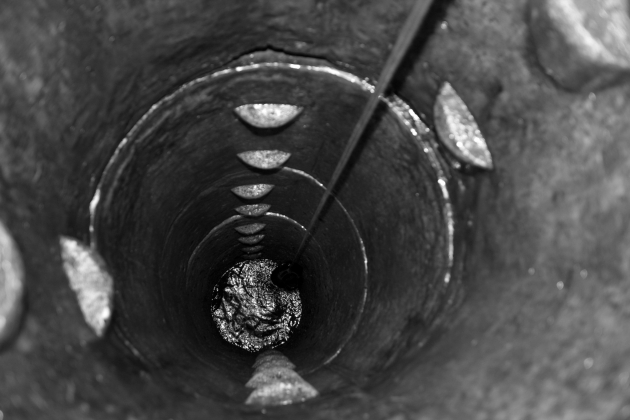With more than 30 years’ experience in the residential and commercial water treatment space, Mark Nelson is a Class 1 Drinking-Water Operator and a CBWA (Canadian Bottled Water Association) Certified Plant Operator. As founder and president of Nelson Water in Ottawa, Mark focuses on dealing with challenging water treatment system designs for problem water. He also heads the largest water bottling plant in the city of Ottawa with a delivery network throughout the Valley.
Whether you’ve just moved to your home or have recently found an old well on the property, you’re likely to want to investigate how it can be used. Old wells are common on properties throughout Canada, and just because a well has fallen into disuse, it doesn’t mean that it has reached the end of its lifespan. A dormant well can be brought back into service, but you will need to properly prepare it to prevent water quality issues. So, here we will explore the steps to prepare your dormant well before you start using it.
Getting Started
The first step is that you’ll need to run some water out of the well. Use a hose and run water for a day or two. This will clean out any water that has gone bad from sitting in the well and encourage more to flow into the well. You can then perform a pH test on the water. The ideal pH is between 6 and 6.5, but if your pH is below 4, it can cause problems at the next stage when you want to disinfect your well. If the pH is too high or too low, you’ll need to start using additives such as phosphoric bisulfate to adjust the pH.
Next, you’ll need to chlorinate the well. Many experts recommend using calcium hypochlorite, which is highly concentrated chlorine of approximately 65 to 75% chlorine. The granular form of calcium hypochlorite is fast dissolving, making it easier to disperse and it has a longer shelf life compared to other types of chlorine.
You will then need to purge your well again using the pressure tank spigot. Allow the well to drain for approximately 8 hours. You can now perform water testing.
Ensuring Your Well is Safe for Cooking, Drinking, and Bathing
If you’re used to using water from a municipal supply, it can be a change to switch to a well. While the Ontario Ministry of the Environment (MOE) regulates municipal supplies, the responsibility for the water safety of private wells remains with the property owner. This means that it is your responsibility to ensure that your well water is safe for cooking, drinking, and bathing. There are testing kits available to check for bacteria, sulfur, and other common waterborne contaminants, and you will need to develop a habit of testing at least once a year. If contaminant levels are detected, you will need to take steps to remedy the water quality issues.
Final Barrier Protection
Since there are many factors that can affect well water quality, it is a good idea to install a final barrier of protection for your home. These domestic water treatment systems can be tailored for the contaminants native to your specific area to ensure that any traces are removed from your water supply. While there are under the counter options, a whole house system is the best choice as some contaminants can be absorbed through your skin or can cause aesthetic issues around your home. For example, hydrogen sulfate creates a rotten egg smell that is not only unpalatable, but can make bathing unpleasant.
A fully CWQA certified water treatment specialist can not only assist you with water testing, but can guide you through the options that are best suited to your specific water quality issues.

